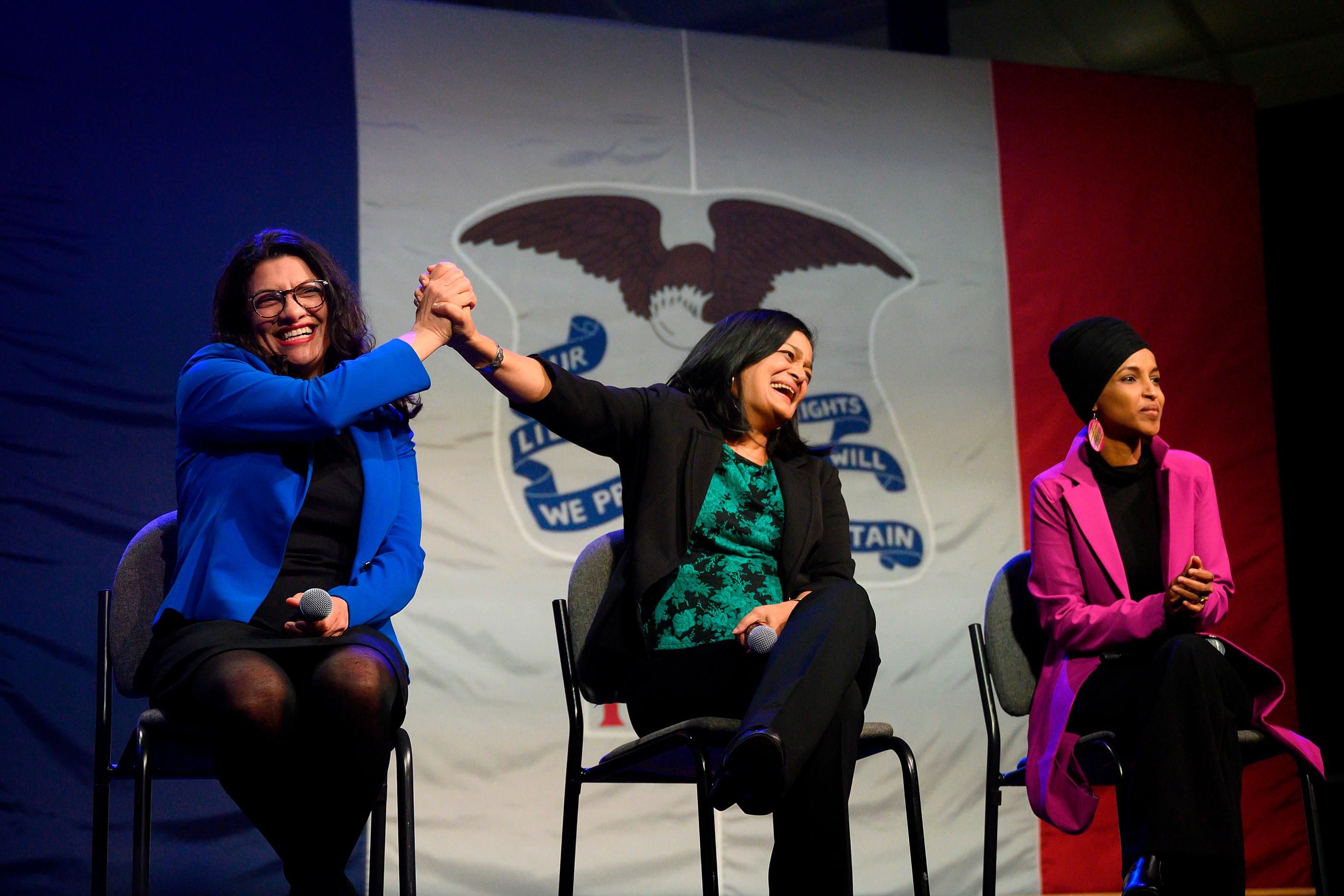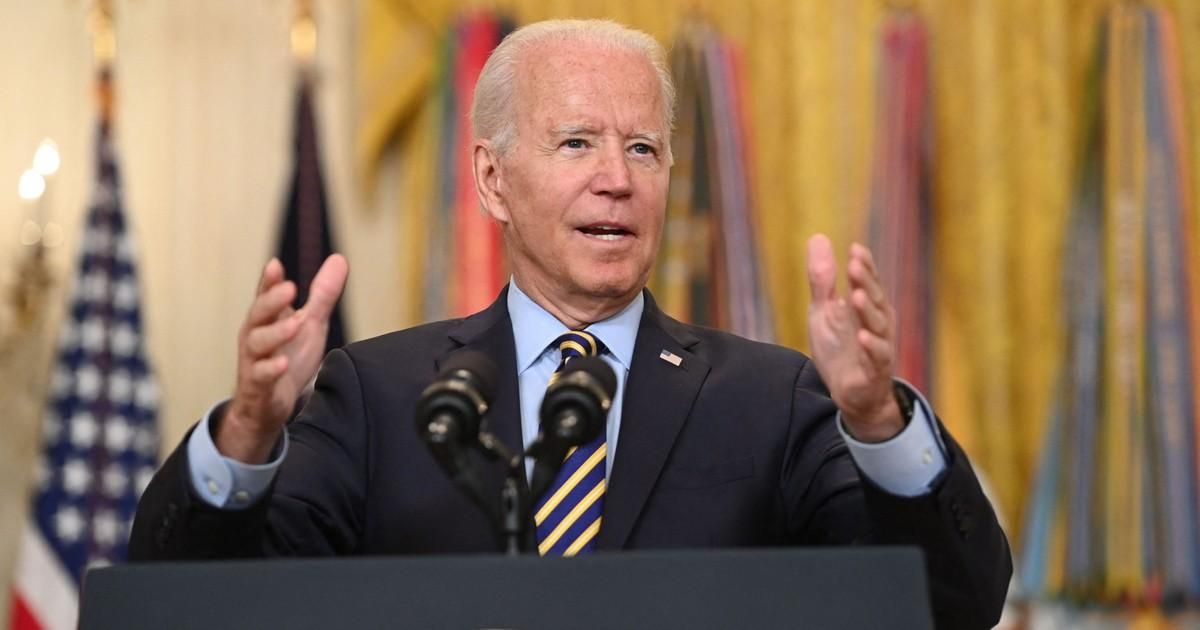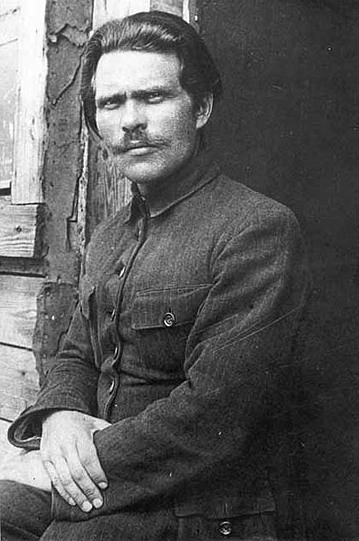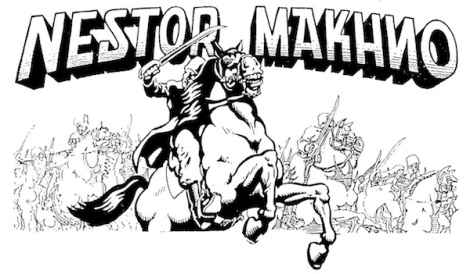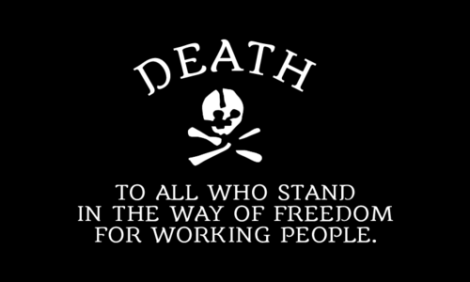How Ukrainian civilians are resisting military force
Even as Putin’s swift invasion of Ukraine has left a lot of shock, Ukrainians are showing what unarmed people can do to resist, too.
This article was originally published by Waging Nonviolence.
Predictably, much of the Western press has focused on Ukrainian diplomatic or military resistance to Russia’s invasion, such as the arming of regular citizens to patrol and protect.
These forces have already proven stronger than Russian President Vladimir Putin has expected and are disrupting his plans with great courage. Take Yaryna Arieva and Sviatoslav Fursin, who got married amid air raid sirens. Right after their marriage vows, they proceeded to sign up with the local Territorial Defense Center to defend their country.
History shows that successful resistance against a militarily stronger opponent often requires a wide variety of resistance, including from those who are unarmed—a role that is often given less attention, both by the mainstream media and by maniacal power-obsessed opponents.
Yet, even as Putin’s swift invasion of Ukraine has left a lot of shock, Ukrainians are showing what unarmed people can do to resist, too.
Make it hard for the invaders
At this moment, the Russian military playbook appears to be focusing primarily on destroying the military and political infrastructure in Ukraine. The country’s military and newly armed civilians, as heroic as they are, are known factors for Russia. Just as the Western press ignores unarmed civilian resistance, the Russian military appears unprepared and clueless to this, too.
As people move past the shock of the past few days, it’s this unarmed part of the resistance that’s gaining momentum. Ukraine’s streets agency, Ukravtodor, called for “all road organizations, territorial communities, local governments to immediately begin dismantling nearby road signs.” They emphasized this with a photoshopped highway sign renamed: “Fuck you,” “Again fuck you,” and “To Russia fuck you.” Sources tell me versions of these are happening in real life. (The New York Times has reported on the sign changes as well.)
That same agency encouraged people to “block the enemy by all available methods.” People are using cranes to move cement blocks in the way, and regular citizens are setting up sandbags to block roadways.
Ukrainian news outlet HB showed a young man using his body to physically get in the way of a military convoy as they steamrolled through the streets. Reminiscent of Tiananmen Square’s “Tank Man,” the man stepped in front of speeding trucks, forcing them to veer around him and off the road. Unarmed and unprotected, his act is a symbol of bravery and risk.
This was echoed again by an individual in Bakhmach who, similarly, put his body in front of moving tanks and repeatedly pushed against them. However, it appeared many supporters were videotaping but not participating. This is worth noting, because—when consciously executed—these types of actions can be rapidly built upon. Coordinated resistance can spread and move from inspirational isolated acts to decisive acts capable of rebuffing an advancing army.
Very recent social media reports are showing this collective noncooperation. In shared videos, unarmed communities are facing down Russian tanks with apparent success. In this dramatic recorded confrontation, for example, community members walk slowly toward the tanks, openhanded and mostly without any words. The tank driver either does not have authorization or interest in opening fire. They choose retreat. This is being repeated in small towns across Ukraine.
These communal actions are often carried out by affinity groups—tiny cells of like-minded friends. Given the likelihood of repression, affinity groups can develop methods of communication (assuming the internet and cell phone service will be shut down) and keep a level of tight planning. In long-term occupations, these cells may also emerge from existing networks—schools, churches and mosques, and other institutions.
George Lakey makes the case for Ukrainian total noncooperation with an invading force, citing Czechoslovakia, where in 1968 people also renamed signs. In one instance, hundreds of people with linked arms blocked a major bridge for hours until Soviet tanks turned around in retreat.
The theme was total noncooperation wherever possible. Need oil? No. Need water? No. Need directions? Here’s the wrong ones.
Militaries assume that because they have guns they can get their way with unarmed civilians. Each act of noncooperation proves them wrong. Each resistance makes every tiny goal of the invaders a hard battle. Death by a thousand cuts.
No stranger to non-cooperation
Just ahead of the invasion, researcher Maciej Mathias Bartkowski published an article with insightful data on Ukrainians’ commitment to noncooperation. He noted a poll “just after the Euromaidan revolution and the capture of Crimea and the Donbas region by Russian troops, when it could be expected that Ukrainian public opinion would be strongly in favor of defending the motherland with arms.” People were asked what they would do if a foreign armed occupation took place in their town.
The plurality said they would engage in civil resistance (26%), just ahead of the percentage ready to take arms (25%). The others were a mix of people who just didn’t know (19%) or said they would leave or move to another region.
Ukrainians have made clear their readiness to resist. And that should be no surprise to people familiar with Ukraine’s proud history and tradition. Most have contemporary examples in recent memory—as recounted in Netflix’s documentary Winter on Fire about the 2013–2014 Maidan revolution or the 17-day nonviolent resistance to overthrow their corrupt government in 2004, as recounted by the International Center on Nonviolent Conflict’s film Orange Revolution.
One of Bartkowski’s key conclusions: “Putin’s belief that Ukrainians would rather go home and do nothing in the face of military aggression may be his biggest and politically most costly miscalculation.”
Weaken the resolve of the Russian military
Casually, people talk about the “Russian military” as if it’s a single-minded hive. But, in fact, all militaries are made up of individuals with their own stories, concerns, dreams, and hopes. U.S. government intelligence, which has been surprisingly accurate in this moment, has asserted that Putin has not achieved his goals during this first phase of attack.
This suggests that the Russian military morale may be a little bit shaken by the resistance they’ve already seen. It’s not the expected quick win. In explaining the ability of Ukraine to hold its airspace, for example, The New York Times suggested a range of factors: a more seasoned army, more mobile air defense systems, and likely poor Russian intelligence, which appeared to hit old, unused targets.
But if the Ukrainian armed forces begin to falter, then what?
Morale could swing back toward Russian invaders. Or they could instead find themselves met with even more resistance.
The field of nonviolent resistance is heavy with examples of how the morale of soldiers gets reduced in the face of prolonged resistance, especially when civilians view the military as made up of human beings who can be interacted with.
Take inspiration from this old woman who stands down the Russian military in Henichesk, Kherson, region. With arms outstretched, she approaches soldiers, telling them they are not wanted here. She reaches into her pocket and takes out sunflower seeds and tries to put them in the soldier’s pocket, saying the flowers would grow when the soldiers die on this land.
She’s involved in a human moral confrontation. The soldier is uncomfortable, edgy, and reluctant to engage with her. But she stays pushy, confrontational, and no-nonsense.
While we don’t know the outcome of this situation, scholars have noted how these types of repeated interactions shape the behavior of the opposing forces. The individuals in the military themselves are movable creatures and can have their resolve weakened.
In other countries, this strategic insight has proven capable of causing mass mutinies. The young Serbians in Otpor regularly said to their military opponents, “You’ll have a chance to join us.” They would use a mix of humor, berating, and shame to target. In the Philippines, civilians surrounded the army and showered them with prayers, pleas, and iconic flowers in their guns. In each case, the commitment paid off, as large chunks of the armed forces refused to shoot.
In his highly relevant text Civilian-Based Defense, Gene Sharp explained the power of mutinies—and civilians’ ability to cause them. “Mutinies and the unreliability of troops in repressing the predominantly nonviolent Russian revolutions of 1905 and February 1917 were highly significant factors in the weakening and final downfall of the tsar’s regime.”
Mutinies increase as the resistance targets them, attempting to undermine their sense of legitimacy, appealing to their humanity, digging in with prolonged, committed resistance, and creating a compelling narrative that the invading force simply does not belong here.
Tiny cracks are already showing. On Saturday, in Perevalne, Crimea, Euromaidan Press reported that “half of Russian conscripts ran away and did not want to fight.” The lack of complete cohesion is an exploitable weakness—one increased when civilians refuse to dehumanize them and make attempts to doggedly win them over.
Internal resistance is just a part
Of course, the civilian resistance is one piece of a very large geopolitical unfolding.
What happens in Russia matters a great deal. Perhaps as many as 1,800 anti-war protesters were arrested while protesting across Russia. Their courage and risk may tip a balance that reduces Putin’s hand. At the very least, it creates more space for humanizing their Ukrainian neighbors.
Protests around the world have added pressure on governments for further sanctions. These have likely contributed to the recent decision by the EU, U.K., and U.S. to remove Russian access—including its central bank—from SWIFT, the worldwide network of 11,000 banking institutions to exchange money.
A dizzying number of corporate boycotts on Russian products have been called by a variety of sources, and some of these may yet gain speed. Already, some of the corporate pressure is paying off with Facebook and YouTube blocking Russian propaganda machines like RT.
However this unfolds, the mainstream press cannot be relied upon to lift up stories of civilian resistance. Those tactics and strategies may have to be shared across social media and other channels.
We will honor the bravery of the people in Ukraine, as we honor those resisting imperialism in its many forms across the globe today. Because for now, while Putin appears to be counting them out—to his own peril—Ukraine’s secret weapon of unarmed civilian resistance is only just starting to prove its bravery and strategic



